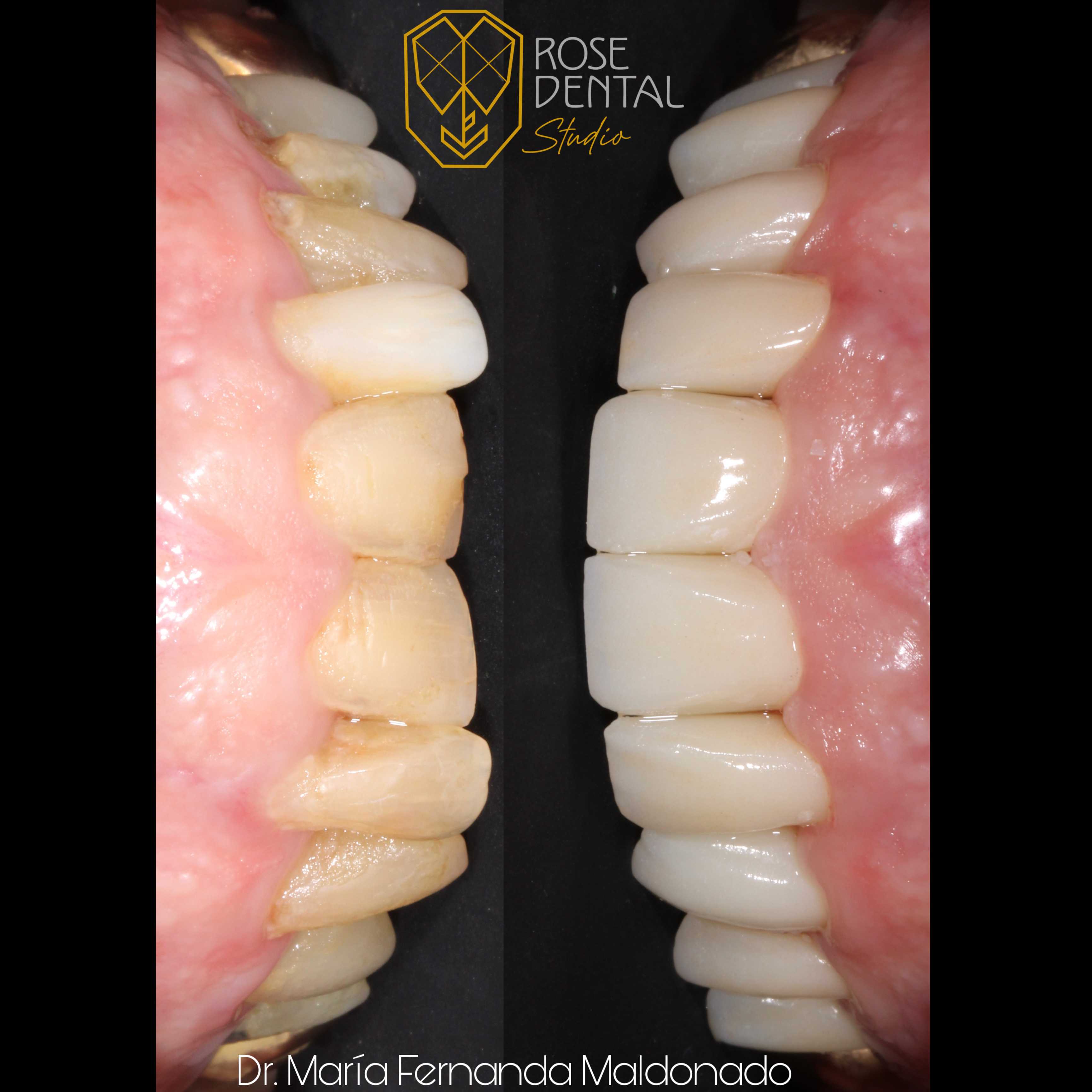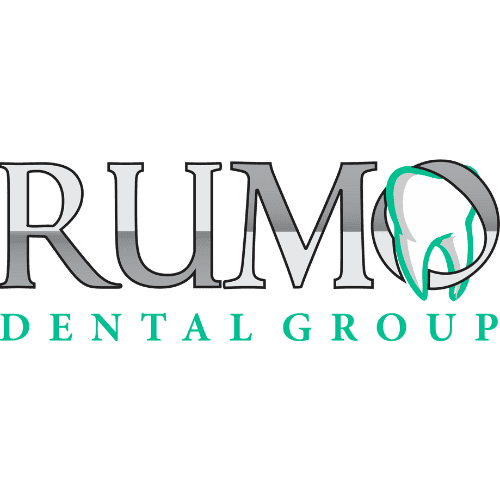.png)
For many Texans, a sudden, throbbing toothache can bring on two kinds of dread: the fear of the dental procedure itself, and the fear of the enormous bill that follows. When a dentist utters the words "root canal," the cost can be a significant source of stress. This financial anxiety is driving a growing number of Texans to look south of the border, where root canals in Mexico offer an affordable, high-quality solution. Cities like Tijuana, Los Algodones, and Cancun have become premier destinations for dental tourists seeking relief from both dental pain and exorbitant prices.
This guide provides everything a Texas tourist needs to know about getting a root canal in Mexico.
Key Takeaways
-
Massive Cost Savings: Texans can expect to save 60-80% on the cost of a root canal and crown in Mexico compared to prices in Texas and across the US.
-
High-Quality Care: Many Mexican dentists, particularly in border towns and tourist hubs, are US-trained and board-certified, using the same advanced technology and materials found in American dental offices.
-
Convenience for Texans: Border cities like Tijuana (near San Diego) and Los Algodones (near Yuma, AZ, a short drive from southeastern Texas) are easily accessible for a short dental trip.
-
All-Inclusive Dental Packages: Reputable Mexican clinics often provide comprehensive pricing that includes the initial consultation, X-rays, the root canal procedure, and the final crown, ensuring price transparency.
Here is a typical cost comparison for a root canal and crown:
-
Root Canal (Molar):
-
Mexico: $250 - $600
-
Texas: $1,200 - $2,000
-
-
Porcelain Crown:
-
Mexico: $250 - $550
-
Texas: $1,000 - $2,500
-
-
Total for Root Canal & Crown:
-
Mexico: $500 - $1,150
-
Texas: $2,200 - $4,500
-
Understanding the Root Canal Procedure
A root canal, or endodontic therapy, is a procedure that saves a severely infected or decayed tooth. It relieves pain by removing the infected pulp—the soft tissue inside the tooth with nerves and blood vessels. The area is then cleaned, disinfected, and sealed under local anesthesia, making it no more uncomfortable than a filling. Usually, a crown is placed afterward to restore the tooth’s strength and function.
When Do You Need a Root Canal?
Ignoring the signs of a tooth infection can lead to more severe problems, including abscesses and bone loss. It's crucial to see a dentist if you experience any of the following symptoms.
-
Severe tooth pain upon chewing or application of pressure
-
Prolonged sensitivity to hot or cold temperatures
-
Discoloration or darkening of the tooth
-
Swelling and tenderness in the nearby gums
-
A persistent or recurring pimple on the gums
.png)
The Cost of a Root Canal in Mexico: A Price Breakdown for Texans
The number one reason Texans choose Mexico for dental work is the dramatic cost savings. These savings are possible not because of lower quality, but due to the lower cost of living, reduced operational expenses, and a different professional liability insurance structure in Mexico.
A Texan patient can often get a root canal and a high-quality crown in Mexico for less than the cost of just the root canal itself back home. This allows patients to choose premium materials, like zirconia or porcelain for their crowns, without breaking the bank.
Comparative Cost Table: Mexico vs. Texas
What's Included in the Price?
Reputable dental clinics in Mexico that cater to American tourists pride themselves on transparent, upfront pricing. Unlike in the US where costs can be itemized and confusing, Mexican clinics often provide a single price for the entire treatment plan.
A comprehensive quote for a root canal and crown in Mexico typically includes:
-
Complete Dental Examination: A thorough check-up and diagnosis.
-
Digital X-Rays: Necessary for planning the root canal.
-
The Root Canal Procedure: Performed by a qualified dentist or a specialist (endodontist).
-
All Materials: Including the filling and sealing materials.
-
The Final Crown: The price usually includes a high-quality porcelain or zirconia crown.
-
Follow-up adjustments: Ensuring the crown fits perfectly.
Why Choose Mexico for Your Dental Care?
Beyond the incredible savings, the quality of dental care in popular Mexican dental tourism destinations often rivals or even exceeds what's available in the US.
US-Trained Dentists and Modern Clinics: Many Mexican dentists, especially in border cities, have received training from prestigious dental schools in the United States and are members of the American Dental Association (ADA). Their clinics are equipped with the latest technology, including digital X-rays, CAD/CAM for same-day crowns, and advanced sterilization equipment.
Ease of Access for Texans: For Texans, getting to Mexico is simple. Cities like Los Algodones (the "Dental Capital of the World") are just across the border from Arizona, easily reachable by car. You can park on the US side and walk across the border for your appointment. For those seeking a "dental vacation," direct flights from Houston, Dallas, and Austin to Cancun are frequent and affordable.
Excellent Customer Service: Mexican dental clinics that serve international patients are built around a patient-centric model. They often have English-speaking staff, patient coordinators to help with travel arrangements, and a welcoming, friendly atmosphere that helps ease dental anxiety.
Did You Know? Los Algodones, a small town on the Mexico-Arizona border, has more dentists per capita than any other city in the world. On any given day, its streets are filled with American and Canadian "dental tourists" seeking affordable, high-quality care.
.png)
Your Dental Trip to Mexico: A Step-by-Step Guide for Texans
Planning a dental trip to Mexico is a straightforward process. The clinics have streamlined the experience to make it as easy as possible for their Texas neighbors.
1. Research and Choose a Clinic: This is the most important step. Look for clinics with a strong online presence, numerous positive reviews from American patients, and clear credentials. Check for before-and-after photos, and ensure their dentists are members of recognized dental associations. Medical tourism facilitators like PlacidWay can connect you with pre-vetted, high-quality clinics.
2. Get a Quote and Have an Online Consultation: Contact your shortlisted clinics. They will typically ask you to send your existing dental records or a description of your problem. You can get a detailed quote and often have a phone or video call with the dentist to discuss your treatment plan.
3. Plan Your Trip: For border towns, this may be as simple as a day trip by car. For destinations like Cancun or Puerto Vallarta, you'll book a flight and hotel. Many clinics offer assistance with hotel bookings, sometimes at a discounted rate.
4. Crossing the Border: For land crossings, you will need a valid US Passport book or card. The process is typically quick and easy. Dental clinics in border towns are usually located within a short walking distance from the port of entry.
5. Your Dental Appointment and Treatment: The root canal procedure itself usually takes one to two hours. Often, the entire process, including the permanent crown, can be completed in just two visits over 2-4 days, thanks to in-house dental labs and CAD/CAM technology.
Expert Insight "We see hundreds of patients from Texas every month. They come for the price, but they return for the quality and the care. We use the exact same materials, the same top-tier Zirconia from Germany, and the same digital technology as a high-end office in Dallas or Houston. The main difference is the price tag."
Frequently Asked Questions (FAQs)
Is it safe to get a root canal in Mexico?
Yes, it is very safe, provided you do your research and choose a reputable clinic. Look for clinics that cater to international patients, have excellent reviews, and can show you their sterilization protocols and the credentials of their dentists.
Do dentists in Mexico speak English?
In clinics that cater to American and Canadian tourists, absolutely. Dentists, hygienists, and patient coordinators are typically fluent in English, ensuring clear communication throughout your treatment.
What kind of materials do they use for crowns in Mexico?
Top Mexican dental clinics use the same high-quality materials as US dentists. You will have a choice of materials, including E-Max (porcelain) and Zirconia, which are known for their durability and excellent aesthetics.
How many trips will I need to make for a root canal and crown?
Thanks to modern technology like in-house CAD/CAM machines, many clinics can complete the entire process (root canal and permanent crown) in just two visits over a few days. The first visit is for the root canal and preparation, and the second is to place the permanent crown.
How do I pay for my dental work in Mexico?
Most clinics accept major US credit cards, and many prefer payment in US dollars. It's always best to confirm payment methods with the clinic beforehand.
Do I need a passport to go to Mexico for dental work?
Yes. As of recent regulations, a valid US Passport book or Passport Card is required for all land, sea, and air travel to and from Mexico.
Your Next Step with PlacidWay
Don't let the high cost of dental care in Texas keep you from getting the relief you need. PlacidWay can help you connect with the best dental clinics in Mexico for your root canal. We provide access to pre-screened, world-class facilities, transparent pricing, and the support you need to plan your dental trip with confidence.


.png)














Share this listing